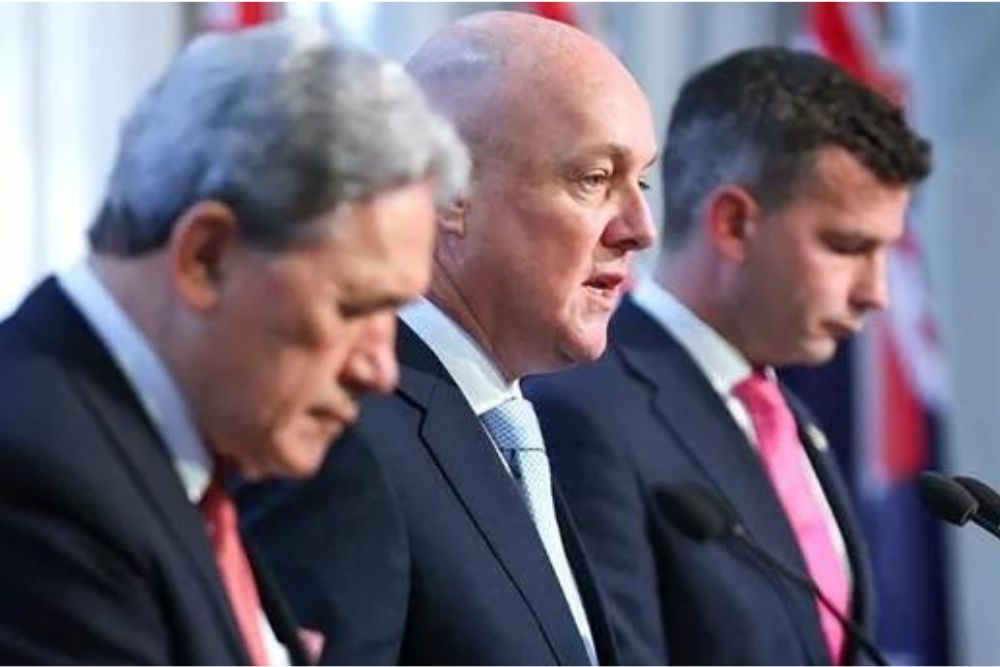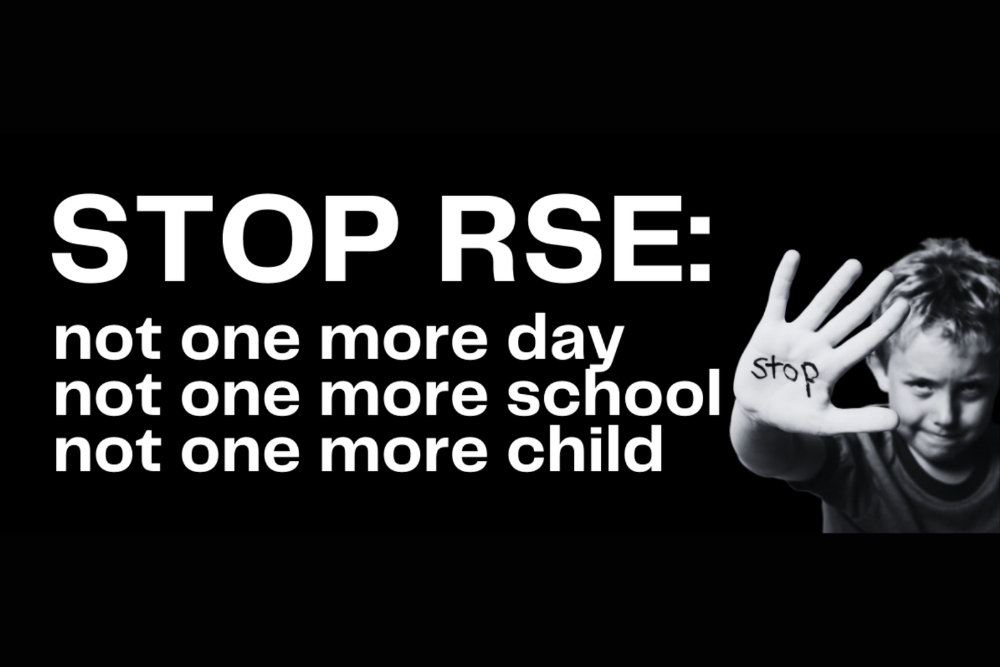By Chris Trotter
What passes for “Left” commentary these days insists that New Zealand is living under a “hard-right” government. Clearly, these commentators are unfamiliar with what constitutes a hard-right government. Equally clearly, they know next to nothing about New Zealand political history. Compared to the governments of Bill Massey, George Forbes, Sid Holland and Rob Muldoon, the coalition government of Christopher Luxon is a decidedly mild affair. The Left has mistaken a moderate and well-signalled political course correction for a reactionary reversal of progressive fortunes.
What the Coalition Government is attempting to accomplish is the restoration of the state of affairs inherited by the coalition government of Jacinda Ardern and Winston Peters in 2017. Ardern’s political rhetoric indicated a determination to “transform” New Zealand. Exactly what their country was to be transformed into was never made clear to New Zealanders. Indeed, it seemed that the Labour-led government was itself uncertain of its ultimate purpose. Events – unforeseen and deeply disruptive of New Zealanders’ lives – turned out to be the driving force of the Sixth Labour Government.
Without the Christchurch Mosque Massacres and the Covid-19 Global Pandemic, the serious weaknesses in Ardern’s ministry would have come to light much sooner – and it may not have lasted longer than a single term. But, Ardern’s superlative handling of the Christchurch tragedy won her international acclaim, and her country was hailed as a bastion of progressivism. Her management of the first stages of the Covid crisis proved similarly inspirational – both domestically and internationally – delivering her the seemingly impossible, an absolute majority in New Zealand’s unicameral Parliament.
It was the possession of this unassailable majority that spurred Labour’s Māori Caucus into action, and encouraged Labour’s social liberals to proceed as if their radical ideas enjoyed wide popular support. These misapprehensions: that New Zealanders were ready to become a Te Tiriti-based nation; and that the peculiar notions of the educated urban middle classes could be imposed upon the rest of the country without provoking passionate resistance; were what convinced Labour and the Greens that they could move sharply leftward without generating a significant conservative backlash.
The late Jim Anderton understood, as did his hero, Norman Kirk, that, at heart, New Zealand was a conservative country. That said, when confronted by profound economic and/or moral challenges New Zealand voters have demonstrated a willingness to embrace new and unorthodox policies: Savage’s Welfare State; Lange’s Nuclear-Free New Zealand. What is noteworthy about both of these historical examples, however, is that significant public support had been assembled for them patiently, over many years. They were unmistakably popular measures. This was the political point embedded in Anderton’s aphorism: “Always build your footpaths where the people walk.”
Initially, at least, the footpaths laid down by Jacinda Ardern were well-trodden. Her rapid outlawing of semi-automatic rifles and shotguns in the wake of the Christchurch massacres enjoyed broad support domestically, and won her the loud applause of tens of millions of American progressives. It was her appeal to the “Team of Five Million”, however, in the first months of Covid, that inspired the deep affection of the New Zealand people. It had been a long time since the collective welfare of the nation had been put ahead of the individual rights of entrepreneurs, consumers, and taxpayers. New Zealanders liked standing together, and they became confused and angry when the evolution of the Covid virus required the government to break them apart.
The footpaths laid down by Labour in the direction of co-governance, the curbing of free speech, and the erasure of biological sex differences were not, however, trod by the masses. Indeed, they appeared to most New Zealanders to be leading them into wild and unknown territory. Not only did they not want to go there, but they became increasingly suspicious of the motives of those who kept insisting that they should.
Had the economy been in tip-top condition and the citizens’ standard of living rising steadily, then perhaps these other initiatives could have been tolerated. Labour’s problem was that all these radical departures from familiar termini were being demanded by people who did not seem to be up to the job of running the country. Why go haring off into the ideological Badlands at the behest of politicians who could not keep inflation under control – or bring just one major project to fruition on time and on budget?
What the Left still doesn’t seem to have got its head around is that the defeated Labour Party is not the innocent victim of “red-necks” and “cookers” – reactionaries determined to drag New Zealand kicking and screaming back to the “half-gallon, quarter acre, Pavlova paradise” of the 1960s and 70s. Labour lost because the political magic first deserted Jacinda, and then, following her departure, transformed Chris Hipkins and his colleagues into a pretty hopeless bunch of politicians. What those Labour politicians celebrated as “progressive”, a great many voters considered either loopy, or dangerous, or a volatile mixture of the two.
It required no great brilliance on the part of National, Act and NZ First to grasp the enormous motivational power contained in the word “back”. They could see that a clear majority of the electorate was growing increasingly anxious that their country was being led out of the light and into the dark. Voters wanted to go back the way they had come, to the beginning of the strange and unfamiliar footpaths they’d been asked to walk. At the very least this meant returning to 2020. Or, just to be on the safe side, 2017.
National, Act and NZ First did not need to keep their intentions secret – no He Puapua reports for them! Being parties of the Right, their preferences were all on the side of businesspeople, employers, landlords and farmers. It’s not that the electorate didn’t understand who they were voting for on 14 October 2023. It’s just that, from their perspective, there was more upside to a vote for the Right than the Left. They wanted rid of the Labour Government, and that meant voting for a party (or parties) of the Right.
Did that deliver New Zealand a “hard-right” government? Well, compared to the government of the Russian Federation, or even the governments of the US states of Texas and Florida – not hardly. Nor is it likely that Christopher Luxon will be signing up Special Constables, or sending the unemployed to work camps in the countryside, or promulgating Emergency Regulations temporarily extinguishing democracy, or welcoming the sporting ambassadors of a viciously racist regime, any time soon. Not unless Te Pāti Māori and their Tangata Tiriti allies leave him no other choice.
For the moment, at least, New Zealanders seem happy to walk along National’s, Act’s, and NZ First’s footpaths. Not so much a “hard-right” government, as one committed to showing New Zealanders the right way home.
Chris Trotter is New Zealand’s leading leftwing political commentator, with 30 years of experience writing professionally about New Zealand politics. He now writes regularly for the Democracy Project, producing his column “From the Left”.
Article republished under CC BY-ND 4.0.






